OPTOLONG FILTER L-ULTIMATE REVIEW
OPTOLONG FILTER L-ULTIMATE REVIEW
By Mirko Tondinelli
Hello, I ‘m talking to you about the new L-ULTIMATE dual-band filter kindly provided by Optolong, showing you the first photos taken and drawing the final conclusions.
Designed to be used with OSC color cameras on deep sky emission objects, it was created out the need to partially reduce the light pollution that has been plaguing us astrophotographers who operate from urban and suburban centers for years.
The filter allows you to acquire both the Halfa line and Oxygen 3 emission in a single evening in a rich selection of deep sky objects, reducing the hours of shooting and reducing costs if compared to a shot taken with a monochrome camera; in fact, in this case there is the need to use a filter wheel, single filters that collect the spectral lines separately. This leads to a greater number of lights captured in a greater number of nights.
Returning to our Ultimate, it isolates the two bands to have a transmission of over 90%.
Unlike its previous brother L-Extreme (7nm bandwidth), it has a Bandwith of 3nm, a feature that makes it more selective in countering both Halfa and O3.

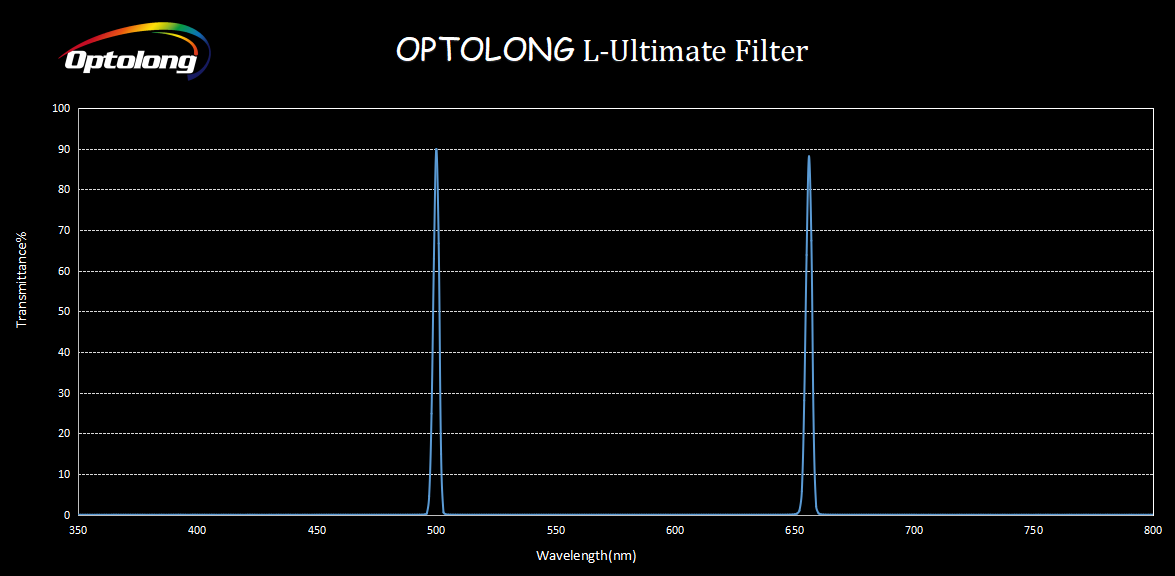
The image resulting from the acquisition will be a pure bicolor, where naturally the Ha signal predominates; this is because in the sky most of the emission nebulae are addressed to this frequency. But there is no problem in this regard, modifying the composition of the signal in the post processing phase we can make the final result more balanced.
I owned all the narrow band filters of Optolong, namely L-enhance, much more open with a passband in Halfa of 12nm and O3 of 25nm and L-Extreme and the thing that I immediately noticed in the Ultimate was a notable reduction of the gradients from light pollution, and an improvement in the reduction of stellar halos, a problem that occurs when there are large bright stars in the framed field.
Let’s move on to the field tests.
The shots were taken with the TS 90 OWL refractor telescope and Omegon VeTEC 571 C camera. The sky from which I obtained the images is located at the gates of Rome, precisely in Guidonia Montecelio where the declared Bortle scale is 6 and where there is a SQM of 19.30.
The first photo I will show you is a mosaic that portrays the open cluster IC 1396 associated with a large nebular area present in the constellation of Cepheus. Here with the name of vdB 142 there is a dark nebula also known as the Elephant’s Trunk. The total hours acquired in three nights is about 17 hours and the thing that caught my eye from the view of the raw file is the great contrast that allowed to highlight the many Bok globules present in this fiel.

The second photo I made is always a mosaic and this time I pointed at the constellation of Cygnus where the great North American nebula (NGC 7000) and the Pelican nebula (IC 5070) are present. The shots were taken in 6 nights and the total hours collected amount to about 23 hours.
The amazing thing I noticed in this photo was the good quality of the O3 signal collected.
Another important data to note is the strong contrast obtained in the area of the great dark nebula that separates the two main subjects called LDN 935.
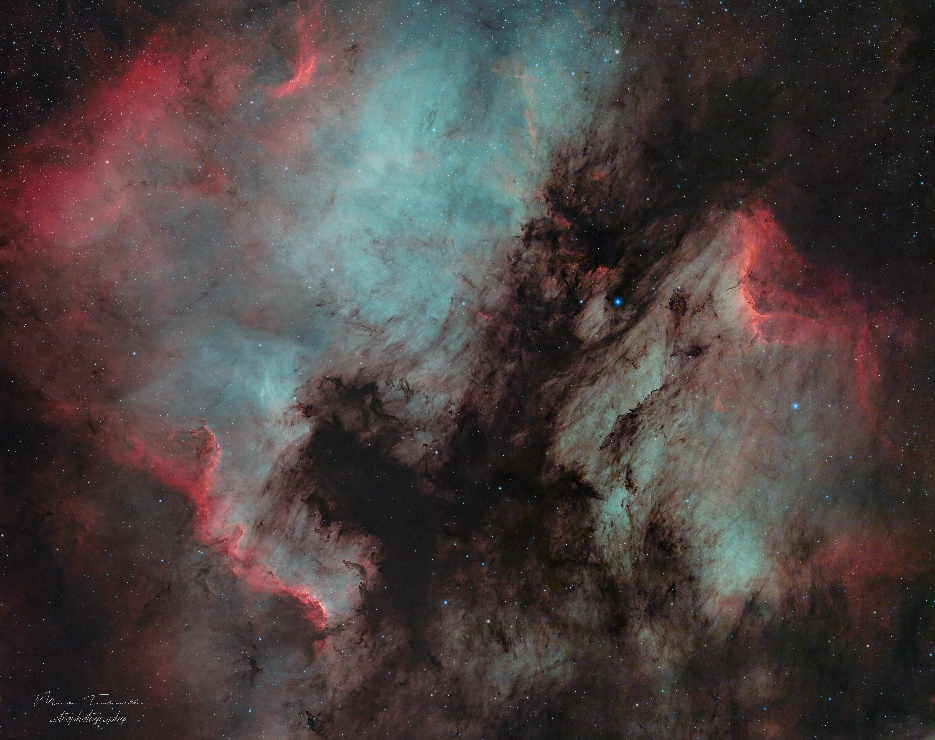
The third photo taken is the mosaic that includes the Veil Nebula always in the constellation of Cygnus. Subject that is quite bright in the shooting phase which could lead to the thought of ease of acquisition. In reality it has its difficulties; first of all the star 52 Cygnus present in the western part of the nebula or NGC 6960. A very bright star with apparent magnitude of 4.22. In this case the filter behaved admirably limiting the brightness and where I had no halo problems.

As a last photo I wanted to leave the image that portrays the part of the sky in the constellation of Ursa Major and which includes the two large galaxies M81 and M82 and the two small galaxies NGC 3077 and NGC 2976. In this case the Ultimate filter was used not to capture the visible light of the galaxies, that is, the part of ionized hydrogen present in them, in particular in the galaxy M 82 or Cigar. A few hundred million years ago this galaxy had a close encounter with M81 and as a result of this, a large amount of gas poured onto M82 and in particular in the central regions. Today we can enjoy the vision of this encounter by capturing it with a Halfa filter or in my case a double-band filter and appreciate its beauty.
The technique used in this case is to extract only the hydrogen signal (the red channel) from the shot and with processing methods the signal is merged with the RGB image obtaining the photo that you can appreciate below.
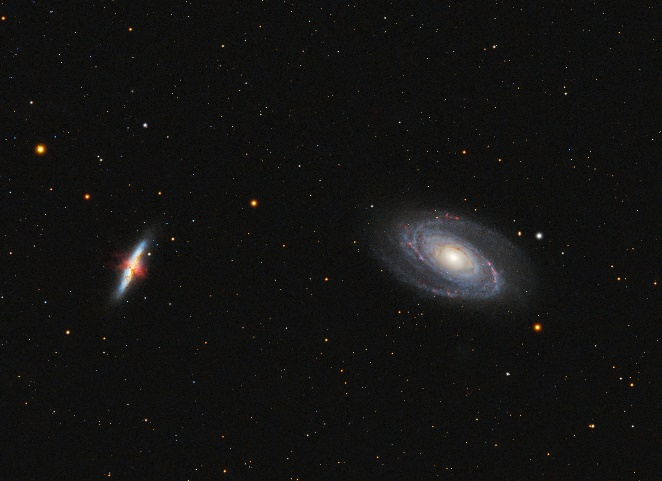
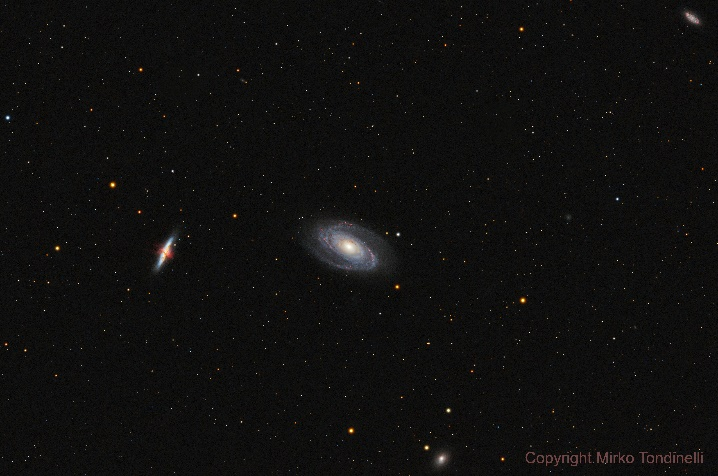
The question is a must; should I buy this filter? And I answer: it depends.
Having had the opportunity to use the entire series of dual-band filters, I feel like saying that under my sky they have behaved effectively. Each with its strengths and weaknesses; L-Enhance is more open with the ability to also record the H-Beta spectrum, but with greater ease of acquiring even more light pollution. L-Extreme is more selective and if on the one hand it releases more contrasted images on the other hand there is an overlapping of a gradient that veers from green to red. Something that we also find in the Ultimate but easily solved with the “gradient removal” function found in the Pixinsight software that I have been using for years for image processing.
For an amateur astronomer who needs to buy a first filter I highly recommend L-Ultimate, even if the cost is a little higher than the others, for those who already own the others mentioned above my advice is to keep them and work with them. I was satisfied with their use.
Being a very selective filter, I found an initial difficulty during automatic focusing, where initially with the default parameters set the ideal curve deviated from the real one. Problem solvable by increasing the exposure time in order to effectively resolve the stars of the framed field and arrive at a perfect focus.
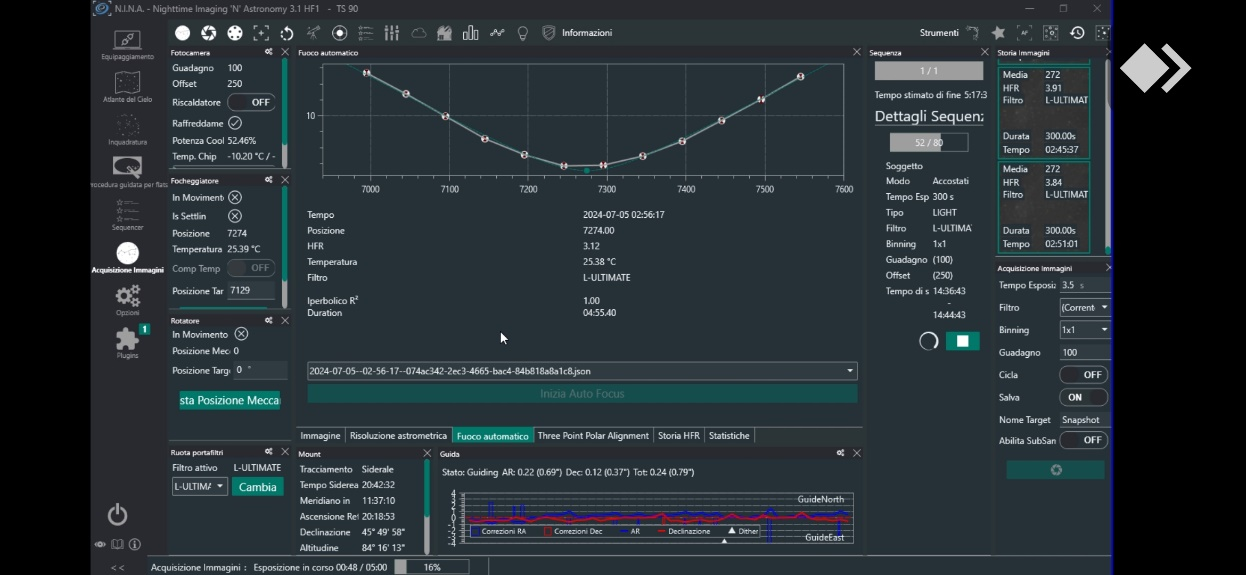
For those like me who own a color camera, have little time available and want contrasty images, of good quality and to capture the many emission nebulae or planetary nebulae I highly recommend purchasing this filter.
I thank Optolong for the trust placed in me and my work by letting me test their products.
Thank you and clear skies.
Testimonial by Mirko Tondinelli



